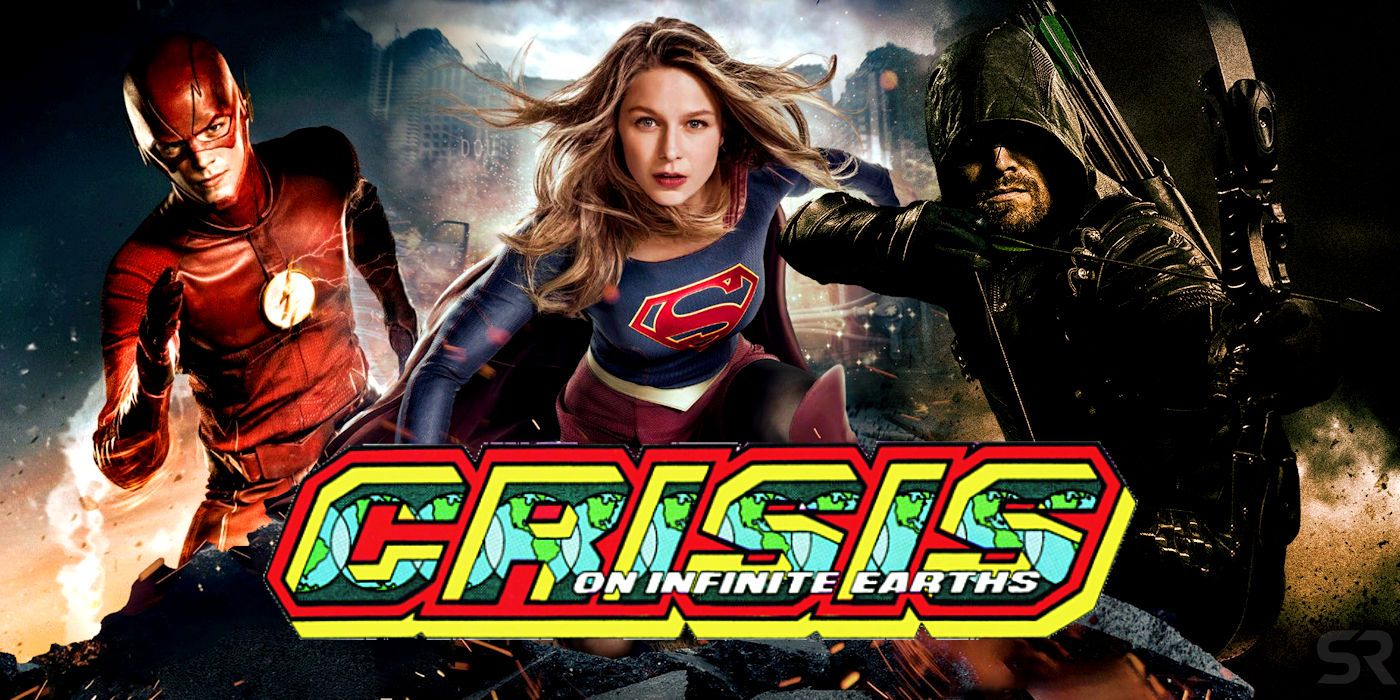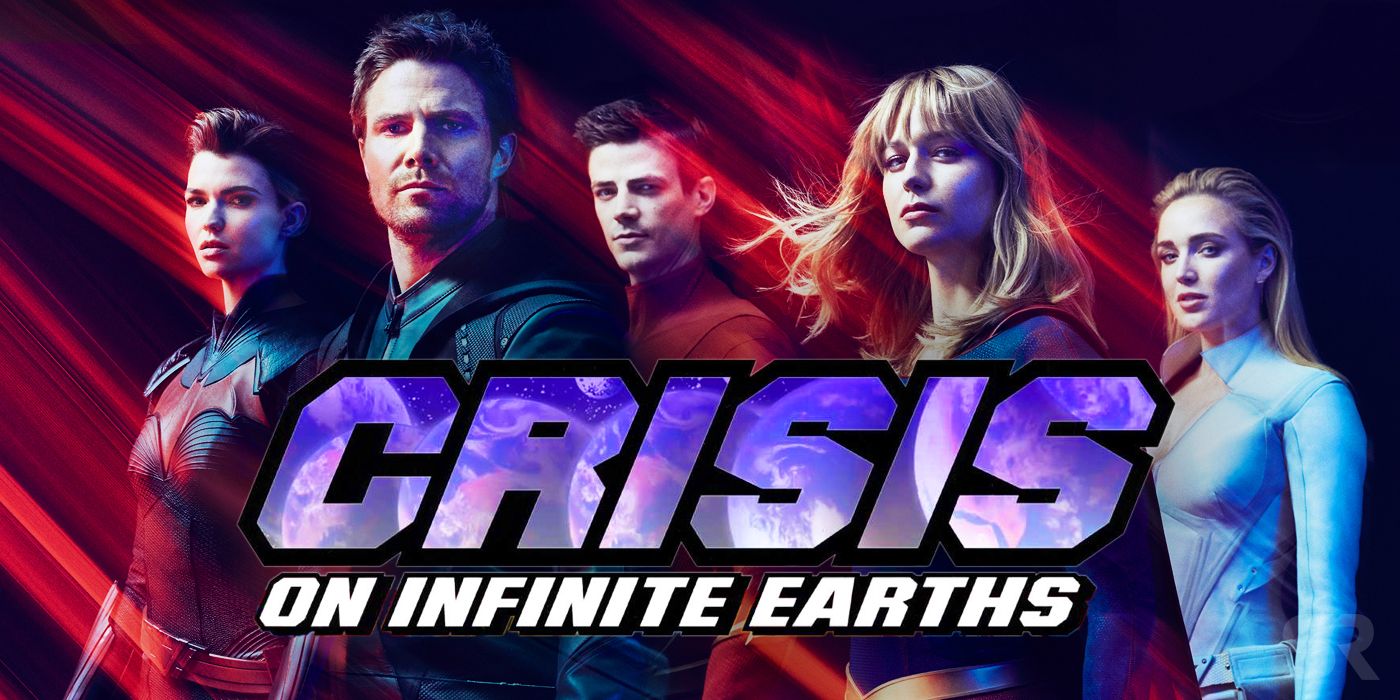Every annual Arrowverse crossover promises to be the biggest one yet, but this season’s event, Crisis on Infinite Earths, is particularly special. Based on what’s been revealed so far, the scope of Crisis on Infinite Earths is just as huge as its title suggests.
At the conclusion of last year’s crossover, Elseworlds, it was revealed that the event for the 2019-2020 season would share the name of a celebrated DC Comics storyline, Crisis on Infinite Earths. The crossover will encompass Arrow, The Flash, Supergirl, Legends of Tomorrow, and Batwoman, and it'll air from December to January. Unlike previous crossovers, the story of Crisis on Infinite Earths will be heavily tied to the overarching plot of The Flash, and especially to the end of Oliver’s story in the final season of Arrow. But it's much bigger than that.
Crisis on Infinite Earths has certainly earned a great deal of attention ever since it was confirmed, and it only gets bigger as more details are announced. Kevin Conroy, known as the voice of Batman since 1992, is joining the crossover as an older version of Bruce Wayne, along with Robin actor Burt Ward from the 1960s Batman series. Brandon Routh, who plays Atom on Legends of Tomorrow, will also play Kingdom Come's Superman, after previously portraying the Man of Steel in 2006’s Superman Returns. Beyond an increasing number of guest stars joining the crossover, Crisis on Infinite Earths unites DC fans in a way that has never been done before - potentially bridging multiple continuities that span generations.
Just the name alone is enough to justify why it’s being viewed as such an important moment for the Arrowverse. In the comic books, Crisis on Infinite Earths is easily one of the most influential and impactful stories to ever come from DC Comics. Published between 1985 and 1986, the 12-issue miniseries came at a time where continuity in DC Comics was becoming increasingly complex due to too many alternate timelines. DC Comics fixed this problem with Crisis on Infinite Earths, which wiped out all the Earths but one. The end-result was the unification of the remaining Earths and the creation of a singular DC Universe. The event rebooted the DC Universe and famously killed off some of DC’s biggest characters, including Supergirl, Barry Allen, and the Earth-2 counterparts of Green Arrow and Wonder Woman.
What happened in Crisis on Infinite Earths totally reshaped the DC Universe for decades to come in an unprecedented way, and it provided one, undivided continuity for readers to follow. It remains one of the most talked-about comic book events ever, too, despite being over 30 years old. The impact of it all is something that no story in DC Comics has yet to surpass. The implication given by the Arrowverse using the same title is that it, too, may redefine its universe, uniting the various Earths (including Supergirl's) and definitively ending one story while beginning another. This is why expectations for the Arrowverse’s Crisis on Infinite Earths are so high. The CW has set a high standard for just how meaningful their story is for the Arrowverse. Whether or not the live-action version of Crisis on Infinite Earths lives up to these expectations is something that remains to be seen.


